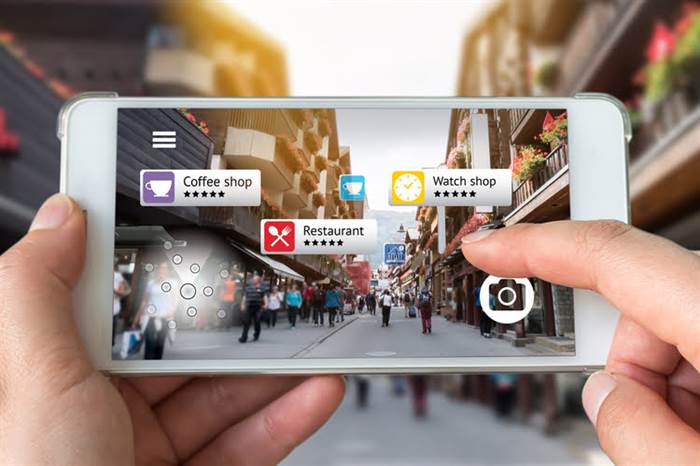Decision Table Testing
To design the test cases by decision table technique, we need to consider conditions as input and actions as output. This decision table is leveraged to handle a large number of conditions and actions. It is being used mainly for complex software testing, which incorporates different input variables and possible outcomes. Decision tables are a good way to describe requirements when there are several business rules that interact together. Using decision tables it becomes easier for the requirements specialist to write requirements which cover all conditions.

Other techniques, such as boundary value testing and equivalent partitioning, are also used to ensure good test coverage. However, these techniques are less effective when the system’s behavior differs for each input set. Different types of decision tables are used in developing and testing software applications. Decision tables are used for various purposes and are not just limited to software testing. While other testing methodologies like boundary value testing and equivalence class partitioning testing address distinct scenarios, conflict arises when the system exhibits varying input behaviors.
A Practical Example of a Decision Table:
Every software project needs a strong test plan to ensure quality and functionality. Whether you’re a seasoned tester or a newcomer to the software world, understanding the intricacies of crafting… Some time ago, my team reviewed test scenarios for a medical prescription upload feature where the user could upload PDF, JPG, or JPEG files, up to 2 Mb in size.
- The decision table test can be reinforced by the application of a boundary value analysis.
- If three values are possible, the pattern repeats itself every three columns.
- We remove redundant tests or tests in which the combination of conditions is not possible.
- Check for yourself that the logical test cases 4, 5, 12 and 13 are not executable.
- Now that you have understood Decision Table in Software Testing, check out the Software Testing Fundamentals Course by Edureka.
TMAP is Sogeti’s body of knowledge for quality engineering and testing in IT delivery and builds on practical experience from thousands of people since 1995, keeping up with changing businesses and technology. If the delivery address for the capsules is within a radius of 50 km from Utrecht, then no long-distance supplement is applied. If the delivery address is 50 km or more from Utrecht, but still in the Netherlands, then a long-distance supplement of €5 is applied. If the delivery address is outside of the Netherlands, then a long-distance supplement of €15 is applied.
Decision Table Test (DTT)
That is to say, we create a Table in which the top rows are input conditions, and in the same vein, the bottom rows are resulting actions. Similarly, the columns correspond to unique combinations of these conditions. Decision table testing is a software testing technique used to test system behavior for different input combinations. This is a systematic approach where the different input combinations and their corresponding system behavior (Output) are captured in a tabular form.
In many systems there are tons of business rules where decision tables add a lot of value. One advantage of using decision tables is that they make it possible to detect combinations of conditions that would otherwise not have been found and therefore not tested or developed. The requirements become much clearer and you often realize that some requirements are illogical, something define decision table that is hard to see when the requirements are only expressed in text. The decision table consists of all the conditions taken from the requirements, applying the different input combinations, and defining the expected action for each scenario. I answered based on my understanding that the system should show an error message, even though I had not covered that scenario in my list.
Whether you’re just starting out in the industry or looking to enhance your skills, I am here to guide you every step of the way. Let’s work together to achieve your goals and make your dreams a reality. With over a decade of experience testing a wide variety of software applications and managing QA teams, I have gained valuable insights and expertise that I am excited to share with you. That’s why I created testertips.com – to inspire and empower testers to take their careers to the next level.
Each column in the table corresponds to a rule in the business logic that describes the unique combination of circumstances that will result in the actions. Decision Table Testing is the process of testing the software application based on the decision table designed specifically for scenarios involving a range of inputs and related test scenarios. Here, the Decision table generates the test conditions for various inputs and the respective test scenarios, as opposed to the output expected for the input data assortment.

As we saw with the example above, decision table testing is vital for breaking down all the combinations and expected behavior in software development. Decision table testing is a software testing technique used to lay out the Software’s behavior by providing various user inputs and the expected outcome. The test basis consists of decision tables, pseudo-code, a process description or other (functional) descriptions, in which conditions occur.
Consequently, these combinations are called business logic based on which the application functionality works. The decision table is a black box testing technique that is used to test these complex business logic. It’s a tabular representation of input conditions and resulting actions. For example, if a system has 10 inputs, there are 1024 possible combinations of inputs. It is obviously not possible to test all of these combinations, but decision table testing can be used to choose a subset of the combinations to test.

